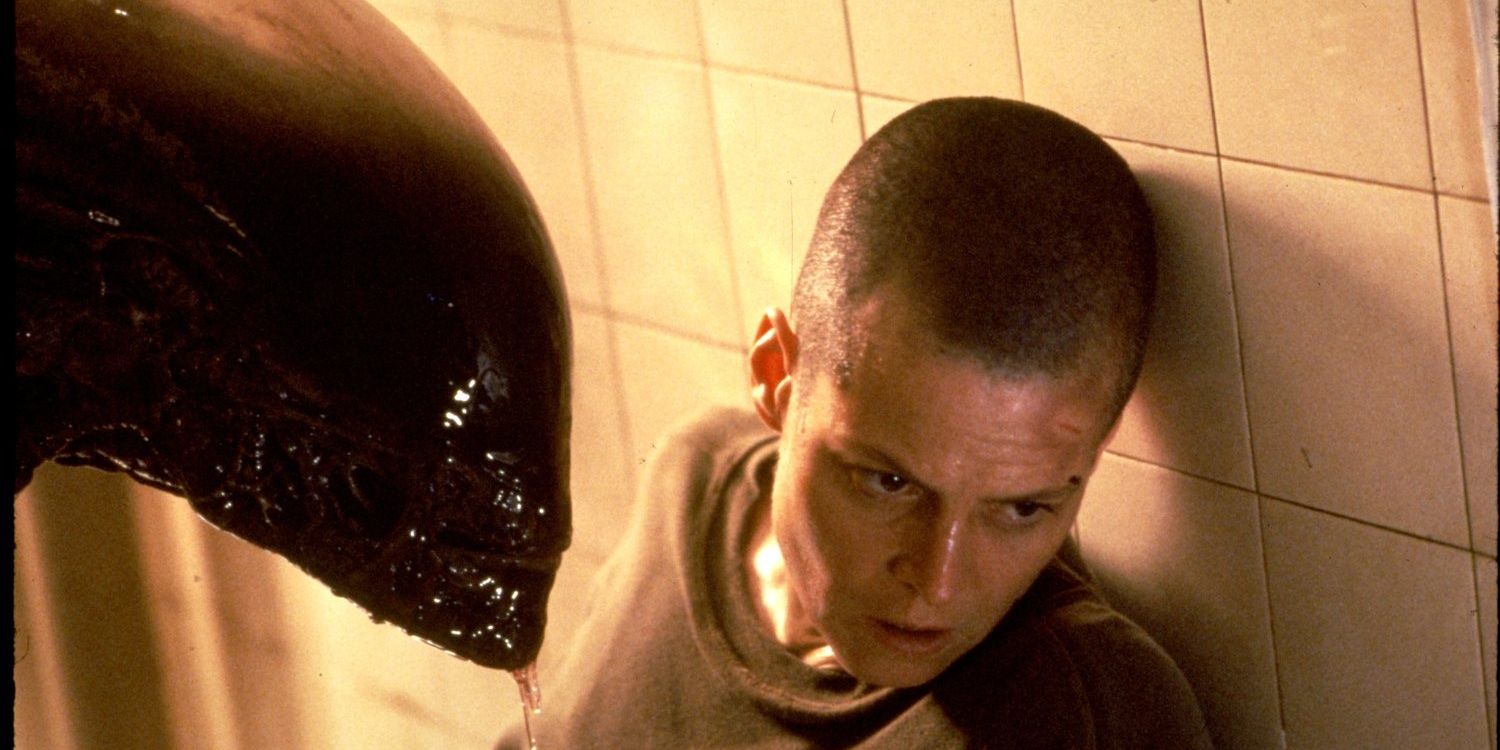
David Fincher's directorial debut, Alien 3, has been a hotbed of passionate fandom discussion since its theatrical premiere in 1992. The beleaguered film is generally considered the worst of the core Alien franchise and even despised and disowned by Fincher himself. Though the 2010 Assembly Cut reshapes the film into something worth a little more in the way of critical study, its out-of-place rotoscope effects and hopelessly grim aesthetic keeps it on the bottom shelf of the Xeno fandom. Yet Alien 3 manages a rare feat despite all of this -- a scientifically accurate method of monster disposal.

Fincher's religious horror-themed take on the franchise returns to old territory with only one xenomorph on the prowl. More animalistic than its predecessors due to its host (a dog in the theatrical release, an ox in the more overtly Catholic assembly cut), the raving convict Golic calls it a dragon. The name fits, with a lot of stewpot symbolism placing the now classically satanic creature in opposition with Ellen Ripley and her various faces of Mary, from the virginal to a Magdalene.
With the prisoner colony decimated, Ripley works with a handful of survivors to force the beast into the foundry. The plan goes haywire, of course, and prison preacher Dillon sacrifices himself to keep the xenomorph inside the shipping-crate-sized metal mold. Another prisoner pours molten lead into the mold; however, that alone isn't enough to kill the beast. Coated in boiling metal, it screeches upward, seeking escape. But Ripley hits the controls for the industrial sprinkler system and that's the final straw for the straining monster. The dragon horrifically shatters, leaving Ripley to deal with her own bleak finale.

It's called thermal shock, and it can be relatively safely demonstrated in a home kitchen. Pour a glass of hot water and drop an ice cube into it. It'll crack, probably loud enough to be heard. That's because the surface of the ice cube changed temperature too fast for the interior to catch up. The outer layers of the cube will crack due to the internal stress, and depending on the temperature differential, the cube may even shatter completely.
It's the same principle that kills Ripley's dragon. By itself, fire doesn't seem to do anything but annoy a fully-grown xenomorph. Though Ripley gets some use out of a flamethrower at the climax of Aliens when clearing out a fresh nest of facehugger eggs and upsetting the Queen with a few directed sprays, the pair of Marines originally kitted out with tools quickly switched to automatic weapons for fire earlier in the film.
There's some scientific nuance involved. As a StackExchange responder outlines, the xenomorphs are a silicon-based lifeform. Silicon can withstand incredibly high temperatures, up to four times as much as lead's melting point -- 2577 Fahrenheit versus 621 Fahrenheit. So molten lead alone isn't enough to kill. But a rapid temperature differential is. No matter what the critter is made out of, physics dictates that its insides can't adapt fast enough to what Ripley's done to its outer layer, so the alien shatters just like the ice cube test. It's even foreshadowed a little over an hour into the film when an attempt to flush the dragon out results in an accidental explosion and activation of the sprinkler system. The rapid cooldown snaps a metal bucket, as swiftly and as violently as the dragon's upcoming demise.
0 Comments